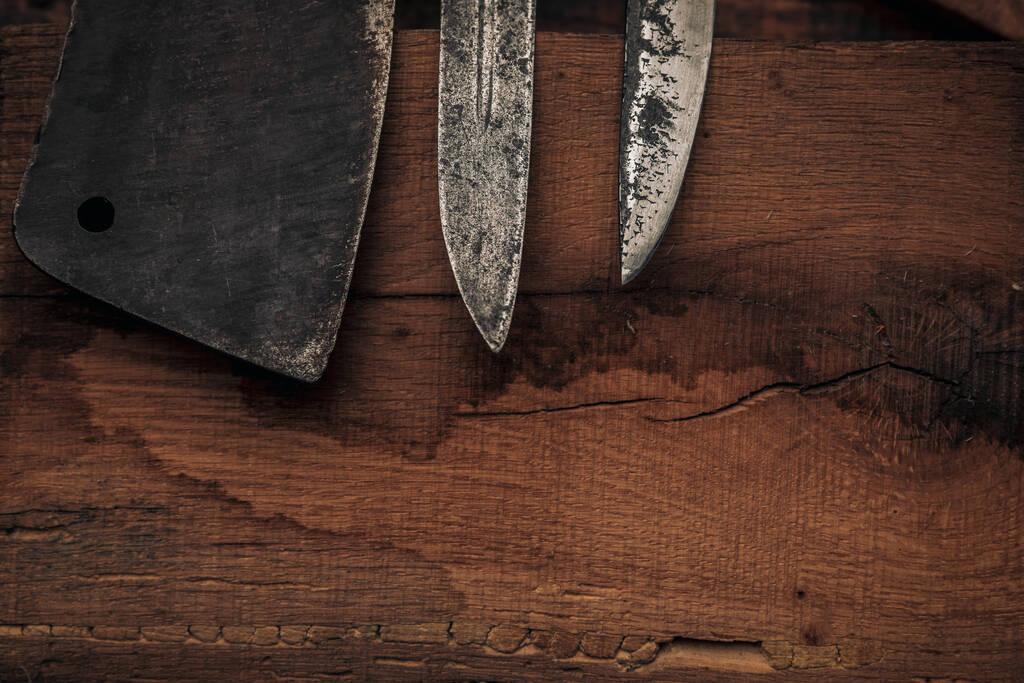Knives are an essential tool in any kitchen, helping us prepare delicious meals with precision and ease. However, without proper maintenance and care, knives can succumb to rust, which not only affects their appearance but also compromises their performance and longevity. In this article, we will discuss the importance of knife maintenance and provide you with tips on how to get rust off knives, ensuring they remain sharp, reliable, and durable.
Why is Knife Maintenance Important?
Regular maintenance and care are crucial for preserving the quality of your knives. Knives, particularly those made of carbon steel, are prone to rust and corrosion when exposed to moisture, acidic foods, or left uncleaned for extended periods. Rust not only tarnishes the blade's surface but can also weaken the knife, making it more susceptible to chipping and dulling.
By incorporating proper maintenance into your routine, you can extend the lifespan of your knives and maintain their sharpness. It's important to remember that prevention is key when it comes to rust, but if it does appear, immediate action is necessary to remove it and prevent further damage.
How to Get Rust off Knives:
-
Assess the Damage: Before attempting to remove rust, carefully examine the affected area. Determine the severity of the rust and whether it has spread to the edge of the blade. If the rust is superficial and hasn't affected the blade's integrity, it can typically be removed with ease.
-
Gather the Necessary Supplies: To remove rust from your knives, you will need the following supplies:
- Soft cloth or sponge
- Mild dish soap
- Baking soda or non-abrasive rust remover
- Lemon juice or vinegar
- Toothbrush or soft-bristle brush
- Food-grade mineral oil or knife oil
-
Clean the Knife: Start by cleaning the knife with warm water and a mild dish soap. Gently scrub the blade using a soft cloth or sponge to remove any dirt, debris, or surface rust. Avoid using abrasive sponges or scrubbers, as they can damage the blade's finish.
-
Apply a Rust Remover: For stubborn rust stains, create a paste by mixing baking soda or a non-abrasive rust remover with a small amount of lemon juice or vinegar. Apply the paste to the affected areas and let it sit for a few minutes. Then, use a toothbrush or soft-bristle brush to gently scrub the rusted areas. Be cautious not to scrub too hard, as this can scratch the blade.
-
Rinse and Dry: Once you have successfully removed the rust, rinse the knife thoroughly with warm water to remove any residue. Make sure to dry the knife completely using a clean cloth to prevent any moisture from lingering on the blade.
-
Oil the Knife: To prevent future rusting and maintain the knife's performance, apply a thin layer of food-grade mineral oil or knife oil to the blade and handle. This oil acts as a protective barrier against moisture and helps keep the knife in optimal condition. Be sure to follow the manufacturer's instructions for oil application.
-
Storage: Proper storage is essential for preventing rust formation. Store your knives in a dry place, preferably in a knife block, magnetic strip, or sheath. Avoid leaving knives in a sink or dishwasher, as prolonged exposure to moisture can lead to rusting.
Conclusion:
Knife maintenance and care are vital for keeping your knives in top condition. By implementing a regular cleaning routine and following the steps mentioned above, you can effectively remove rust and prevent its recurrence. Remember to handle your knives with care, clean them after each use, and store them properly to ensure their longevity. With proper maintenance, your knives will remain sharp, reliable, and rust-free
